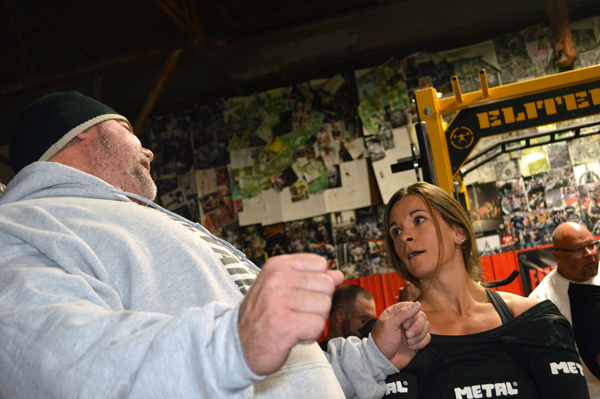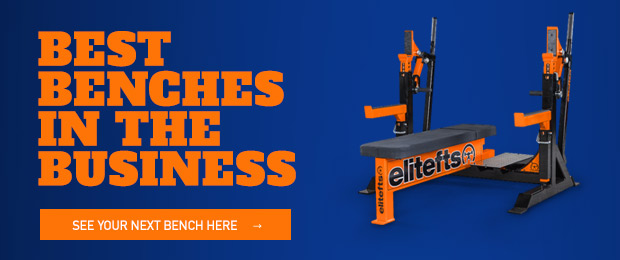
When you've been powerlifting and competing as long as I have (almost 20 years), you literally morph into doing everything like a powerlifter, often subconsciously. Duh, makes sense.
I'm the queen of that. I'm the queen of making everything a powerlifting movement. Sounds like that's a positive thing, but it will come back to bite you at some point. I first noticed it when I got into bodybuilding and physique competitions. Many of my bench movements and even back movements were all done with a powerlifting posture - literally.
While at the onset it sounds like a good idea, because hey, we are powerlifters. But I was finding out quickly in the world of bodybuilding that some movements needed to be done differently.
And it all felt weird.
What I was also noticing was that some movements that I tried to do like a powerlifter actually put a lot of torque on certain joints. And while powerlifting is about torque, force and leverages, there were just some things my elbows/shoulders/back didn't like.
Put 2 and 2 together...
Incline is a great example of that. As powerlifters, we arch during the bench press, tuck our elbows and touch lower on our chest. We are literally trying to decrease range of motion and provide the most stable position possible .
If you try to do that on an incline press, your elbows and/or shoulders will scream at you. You may not notice it right away, but what you will eventually notice it. Either via pain or missing lifts where you shouldn't.
I have noticed that those that tuck too much on an incline bench end up pushing the bar too straight, or even away from them, causing them to miss a couple inches off the chest. By tucking too much, they are taking away the pecs' ability to get involved and complete the lift.
Here is one of my better incline days that show:
1. Bringing the bar higher, more toward the clavicle rather than mid-pecs or sternum
2. Keeping the elbows "out". If you're used to tucking in a bench, this will feel like you're forcing them out. Don't force them out, just don't tuck. Doing so your elbows should be nicely aligned under your wrists.
3. Forget the lats. Ok, don't completely forget them, but you won't engage them like you do on flat bench. When we lock them on flat bench, that's actually where some of our "tuck" and low bar path comes from. Instead, as I like how a comment on my IG post put it, think more "pressure" or "support" from the rear delts and upper back, as that's in the direct line of the bar path.









